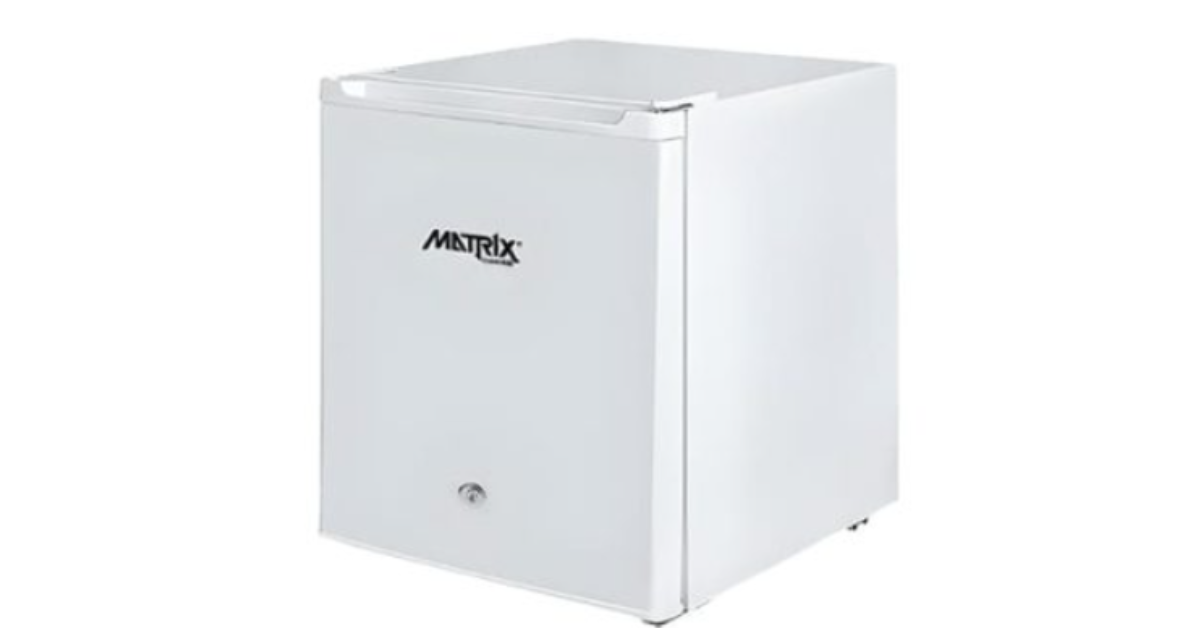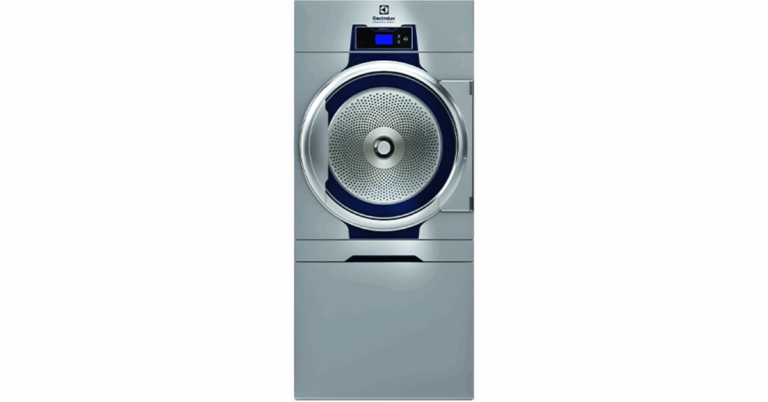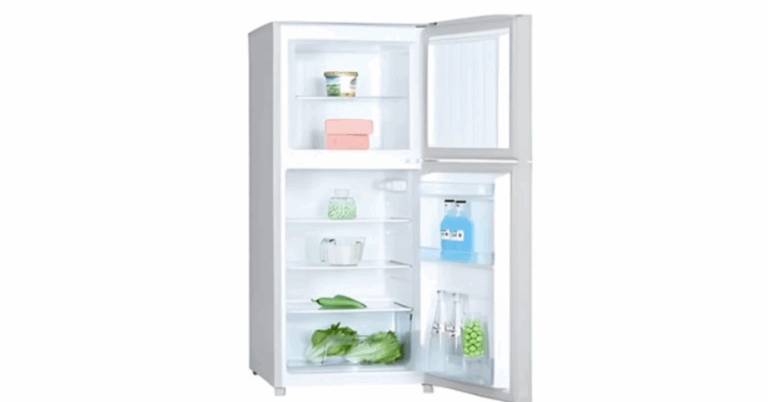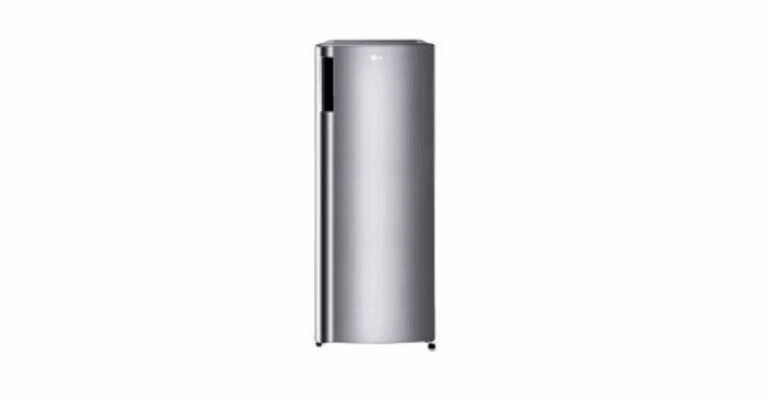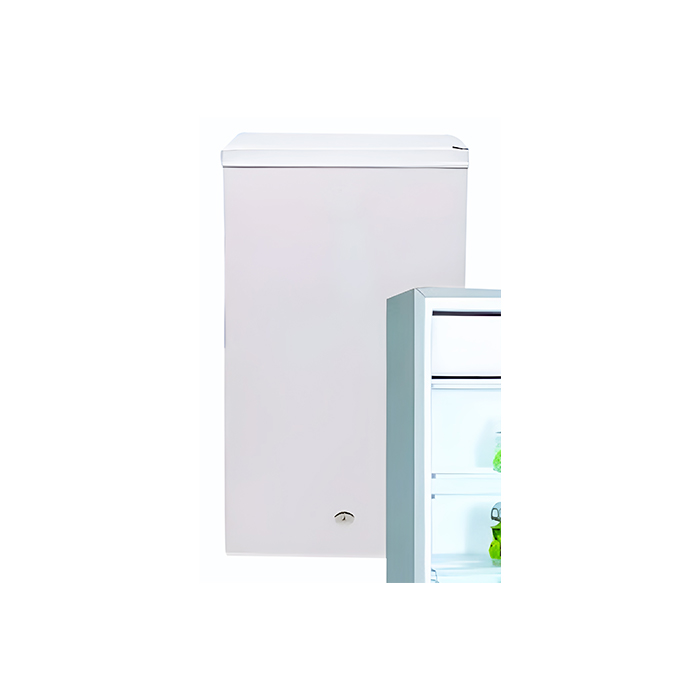The Versatile 50L Matrix Marine Refrigerator: A Compact Cooling Solution at Sea
In the world of maritime operations, space is a premium, reliability is non-negotiable, and energy efficiency is a constant challenge. Enter the 50L Matrix Marine Refrigerator, a compact, powerful, and purpose-built refrigeration unit designed especially for marine cruise ships and vessels. Built to operate on 220 V and support both 50 and 60 Hz frequency environments, this 50-liter refrigerator brings dependable cooling to tight quarters aboard ships, yachts, and sea-going platforms. Its design and specifications make it an ideal fit for marine settings where every cubic centimeter counts, and every watt of power matters.
The Marine Environment: Unique Challenges for Refrigeration
Operating any appliance at sea presents unique demands that terrestrial systems rarely face:
-
Vibration and motion: Waves, pitching, rolling the constant motion affects components, connections, and even thermal cycles.
-
Corrosive environment: Salt, humidity, and sea air are harsh on metals, coatings, and seals.
-
Limited power budget: Ships must manage power carefully; refrigeration units cannot be power hogs.
-
Tight spaces: Storage compartments, galleys, crew quarters all are compact.
-
Temperature extremes: Heat, direct sun, and limited ventilation can stress cooling systems.
Against this backdrop, the 50L Matrix Marine Refrigerator is engineered to meet these constraints while delivering efficient cooling performance.
Key Specifications and Engineering Highlights
Here’s a breakdown of what makes the 50L Matrix unit stand out:
| Feature | Specification | Significance in Marine Use |
|---|---|---|
| Net Capacity | 50 liters | Compact, yet enough for perishables, beverages, and daily supplies |
| Voltage / Frequency | 220 V, 50/60 Hz | Versatile for different ship power systems |
| Refrigerant | R600a | Eco-friendly, energy efficient, lower environmental impact |
| Dimensions (H × W × D) | ~ 50.3 × 45.5 × 45.3 cm | Compact footprint to fit narrow cavities or small galleys |
| Weight | Net: 14.5 kg / Gross: 16.0 kg | Manageable for installation, even in remote areas |
| Climate Class | N / T / ST | Able to work under various ambient temperature conditions |
| Certification | CB / CE / GMark | Safety and compliance for global deployment |
| Door & Compartment | Single door with ice box compartment | Simple access and flexibility for frozen items |
| Noise & Efficiency | Quiet operation, energy efficient | Maintains comfort in cabins, conserves ship energy supply |
These specifications reflect a design that balances size, power, cooling capacity, and environmental responsibility.
Why the 50L Matrix Refrigerator Excels Onboard
1. Space Optimization
Marine vessels rarely have the luxury of spare room. The compact footprint of the 50L Matrix allows it to be tucked into narrow cabinetry, beneath benches, or inside galley modules. Its cubic design makes it easier to integrate with existing shipboard architecture without requiring disruptive retrofitting.
2. Power Efficiency and Refrigerant Choice
Given the limited power margins on ships, a low-consumption refrigerator is invaluable. The use of R600a, a modern refrigerant, contributes to lower running expenses while meeting environmental regulations. The capacity to run on 220 V with dual frequency support (50/60 Hz) ensures compatibility with diverse marine power systems.
3. Durability and Marine Readiness
The marine environment is aggressive. Salt spray, humidity, motion, and temperature variances demand robust construction. Components such as corrosion-resistant frames, sealed seams, reinforced door hinges, and shock-resilient mounting are essential. The 50L Matrix’s design takes those into account, ensuring stable operation even in rough seas.
4. Quiet & Reliable Operation
Noise is more than an annoyance aboard constant hums and mechanical vibrations can disrupt rest, communications, and the onboard environment. The 50L Matrix is engineered for quiet operation, reducing acoustic footprint in living spaces.
5. Versatility in Deployment
While optimized for marine usage, this refrigerator can also serve as a compact cooling solution on yachts, remote sea stations, crew quarters, or even small apartments in harsh climates. The flexibility broadens its utility beyond just ocean-going vessels.
Use Cases: Where the 50L Matrix Adds Value
Crew Cabins & Officers’ Quarters
Crew need to store perishable food, beverages, dairy, and medical supplies. A compact unit like the 50L Matrix gives each cabin autonomy, reduces shared fridge congestion, and improves convenience.
Bridge & Navigation Rooms
Even on the bridge, a small refrigerator for drinks, snacks, or temperature-sensitive sensor parts can improve efficiency without consuming excess space or power.
Remote Monitoring Stations
On offshore platforms or sensor buoys, this kind of refrigerator can store spare electronics, chemical reagents, or temperature-sensitive spares in a compact, reliable vessel.
Tender Boats, Rescue Craft & Small Vessels
Small boats associated with a larger vessel (tenders, safety boats, support launches) benefit from compact refrigeration that doesn’t overburden weight or power systems.
Galley Supplementation
In larger galleys or food prep zones, the 50L Matrix can serve as a secondary chiller for high-turnover items, supplements to walk-in freezers, or staging cold storage.
Installation, Maintenance & Best Practices
To maximize performance and longevity, certain practices should be observed:
Secure Mounting
Use vibration-dampening mounts and secure chassis bolts to prevent loosening under motion. Ensure the unit is level or nearly so, to maintain optimal compressor and refrigerant function.
Ventilation & Clearance
Ensure adequate air intake and exhaust clearance even small units need airflow around coils to reject heat. In cramped compartments, use forced ventilation (fans) if necessary.
Power Quality
Avoid voltage fluctuations. Use surge protection and stable lines to prevent damage to compressor or controls. The dual frequency support helps but does not substitute for clean power.
Seal Integrity
Regularly inspect door gaskets, seals, and hinges. Salt corrosion can degrade rubber over time. Replace seals proactively to prevent thermal leakage.
Defrosting & Cleaning
Although small units may defrost automatically, buildup of frost or ice can impair performance. Regularly defrost, clean coils, and check for obstructions in airflow.
Refrigerant Monitoring
Track compressor cycles, cooling performance, and any change in cycle times these could hint at refrigerant leaks or component wear. The use of R600a is advantageous but still requires vigilance.
Corrosion Protection
Apply anti-corrosive coatings to exposed metal surfaces. Consider sacrificial anodes or protective coatings in humid, saline environments.
Limitations to Be Aware Of
No refrigeration unit is without tradeoffs. Some limitations of a 50L model in marine service include:
-
Capacity constraint: For large catering operations or high-volume requirements, 50 liters may be insufficient as a primary cold store.
-
Ambient temperature sensitivity: Under extreme heat, performance may be stressed. Adequate shade and ventilation are essential.
-
Load cycling: Frequent opening and closing or heavy load changes can lead to thermal fluctuations managing packing and scheduling helps.
-
Maintenance access: In very tight installations, servicing may be tricky; plan for service clearance and modular access.
Comparative Edge: Why Choose the 50L Matrix Over Alternatives
When comparing small marine refrigerators, several differentiators make the 50L Matrix compelling:
-
Balanced capacity — many micro fridges are too small (20–30 L); the 50L hits a practical sweet spot.
-
Dual frequency capability — many rivals support only 50 Hz or 60 Hz, limiting flexibility.
-
Energy and environmental compliance — design choices such as R600a and energy-efficient electronics provide long-term savings and regulatory alignment.
-
Quiet performance — not every compact fridge is engineered for low acoustic footprint; this one specifically addresses ambient noise concerns.
-
Marine-grade design — corrosion resistance, mounting features, and motion durability tailor the unit to shipboard conditions more than domestic models.
Future Trends and Upgrades
As marine technology evolves, so too will refrigeration. Some trends and enhancements to watch for:
-
Smart monitoring: IoT integration to monitor temperature, power draw, and alerts remotely.
-
Variable speed compressors: More efficient, adaptive cooling rather than fixed cycles.
-
Hybrid cooling / solar assist: Integration with renewable power onboard.
-
Advanced materials: Better insulation materials, more corrosion-resistant alloys, or even graphene-based heat exchange.
-
Energy recovery systems: Using expelled heat for cabin heating during cooler seasons.
A 50L Matrix unit provides a solid foundation for updates its modular footprint and stable performance make future upgrades more feasible.
Conclusion
In maritime environments where every decibel, watt, and centimeter counts, the 50L Matrix Marine Refrigerator emerges as a capable and balanced solution. It addresses the unique challenges of life at sea vibration, corrosion, limited power, cramped quarters while delivering reliable, efficient cooling. From crew cabins to bridge stations, galley corners to tender boats, its compact size and performance make it a practical asset for ship designers, marine engineers, and vessel operators alike.
If you are outfitting a new ship or retrofitting an older one, investing in marine-grade refrigeration such as the 50L Matrix helps ensure food safety, crew satisfaction, and operational stability. And as marine technology progresses, starting with a robust platform like this sets the stage for smarter, greener, and more resilient cooling systems in the years to come.

